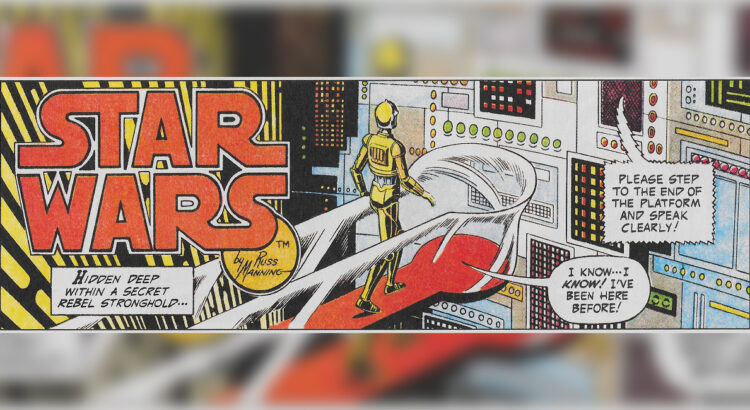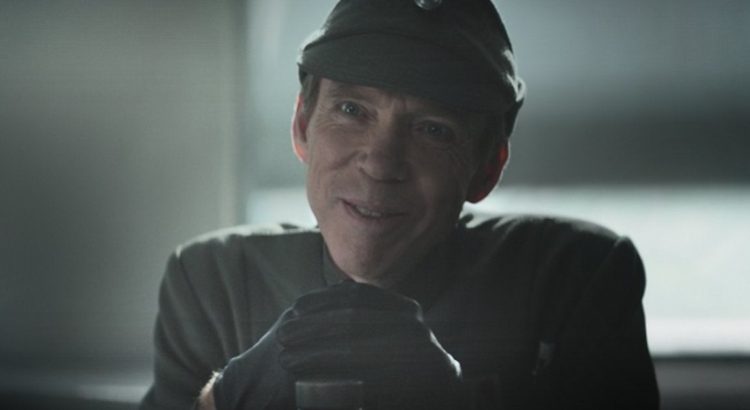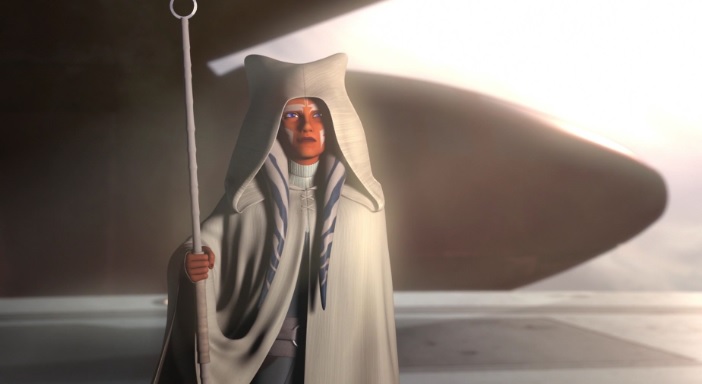Timothy Zahn first introduced the now-popular character Grand Admiral Thrawn in 1991 as the lead antagonist of his novel Heir to the Empire, in what was then known as the Expanded Universe (referred to now, and hereafter in this article, as Legends). The character was further developed in the next two novels in that trilogy, Dark Force Rising and The Last Command, and though dead following the conclusion of the trilogy, Thrawn also played a significant role in the Hand of Thrawn duology, Specter of the Past and Vision of the Future. A popular character among Legends fans, Thrawn was notably reintroduced into the new canon as an antagonist on the animated series Star Wars Rebels during its third season in 2016. This opened the door for the reintroduction of Thrawn in the literature of the new canon, allowing Zahn to produce two further Thrawn trilogies thus far: one beginning in 2017 and featuring Thrawn, Thrawn: Alliances, and Thrawn: Treason; and Thrawn Ascendancy beginning in 2020, featuring Thrawn Ascendancy: Chaos Rising, Thrawn Ascendency: Greater Good, and Thrawn Ascendancy: Lesser Evil.
However, while ostensibly the same character, the characterization that we get of Thrawn across these texts changes significantly. Even more fascinatingly, it is not a simple matter of a division between Legends and new canon: the characterization of Thrawn in Rebels has more in common with his initial appearance in Heir to the Empire than he does to the version that we see developed in the two canon trilogies. Furthermore, the way that Thrawn is characterized in the Hand of Thrawn duology, and even the way that he is developed in Dark Force Rising and The Last Command, is more nuanced and less straightforwardly villainous than his appearance in Rebels. An analysis of the portrayal of his character and his development across both Legends and the new canon offers us a unique look at the way the new canon has allowed for significant changes in previously established characters, while also calling into question our understanding of this character and what assumptions we might have for him going forward, with the presumed inclusion of him in upcoming live action shows. [1]In order to present a more concise argument here, this article will forgo many examples of direct textual analysis. For an expanded edition of this article featuring close literary analysis of the … Continue reading
Read More
| ↑1 | In order to present a more concise argument here, this article will forgo many examples of direct textual analysis. For an expanded edition of this article featuring close literary analysis of the text, please visit Talking Trek Wars. |
|---|





